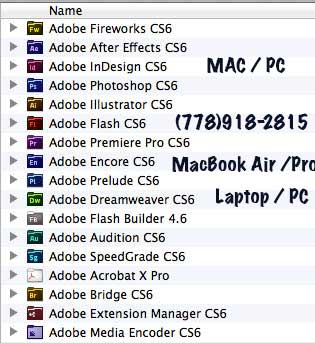
It also delivers performance comparable to a high-end GPU in a compact pro PC laptop while using 100 watts less power. The 32-core option is the high-end option available in higher-end machines, while the 24-core GPU is exclusively available as a build-to-order option.Īccording to Apple, the 32-core M1 Max is up to 4x faster than the original M1 chip. There are two M1 Max variants, one with a 24-core GPU and one with a 32-core GPU. According to Apple, the M1 Max's 10-core CPU is up to 70 percent faster than the 8-core CPU in the original M1 chip, which featured four high performance cores and four high efficiency cores. The M1 Max has a 10-core CPU that includes eight high performance cores and two high efficiency cores.
Apple's chips are built by Taiwan Semiconductor Manufacturing Company (TSMC), a company that builds all of Apple's A-series and M-series chips.

Intel chips, meanwhile, are built on x86 architecture, which Apple has decided to move away from. Intel ChipsĪpple silicon chips like the M1 Max use an Arm-based architecture, similar to the A-series chips that have been used in iPads and iPhones for many years. It has 70 percent more transistors than the M1 Pro chip and before the M1 Ultra, it was the largest chip that Apple had built to date. The M1 Max is equipped with 57 billion transistors and it is built on a 5-nanometer process. Traditional Intel-based Macs used multiple chips for the CPU, GPU, I/O, and security, but integrating multiple components onto one chip allows Apple silicon chips to operate faster and more efficiently than Intel chips.

The M1 Max, along with the M1 Pro, is Apple's second System on a Chip (SoC) developed for use in Macs, and it marks Apple's continued transition away from the Intel chips that have been used in Macs since 2006.Īs a "System on a Chip," the M1 Max integrates several different components, including the CPU, GPU, unified memory architecture (RAM), Neural Engine, Secure Enclave, SSD controller, image signal processor, encode/decode engines, Thunderbolt controller with USB 4 support, and more, all of which power the different features in the Mac. This guide focuses on the M1 Max, while we have a separate guide for the M1 Pro. Apple in October 2021 introduced its second-generation Apple silicon chips, the M1 Pro and the M1 Max, which follow the M1 and are available in the 14 and 16-inch MacBook Pro models.


 0 kommentar(er)
0 kommentar(er)
